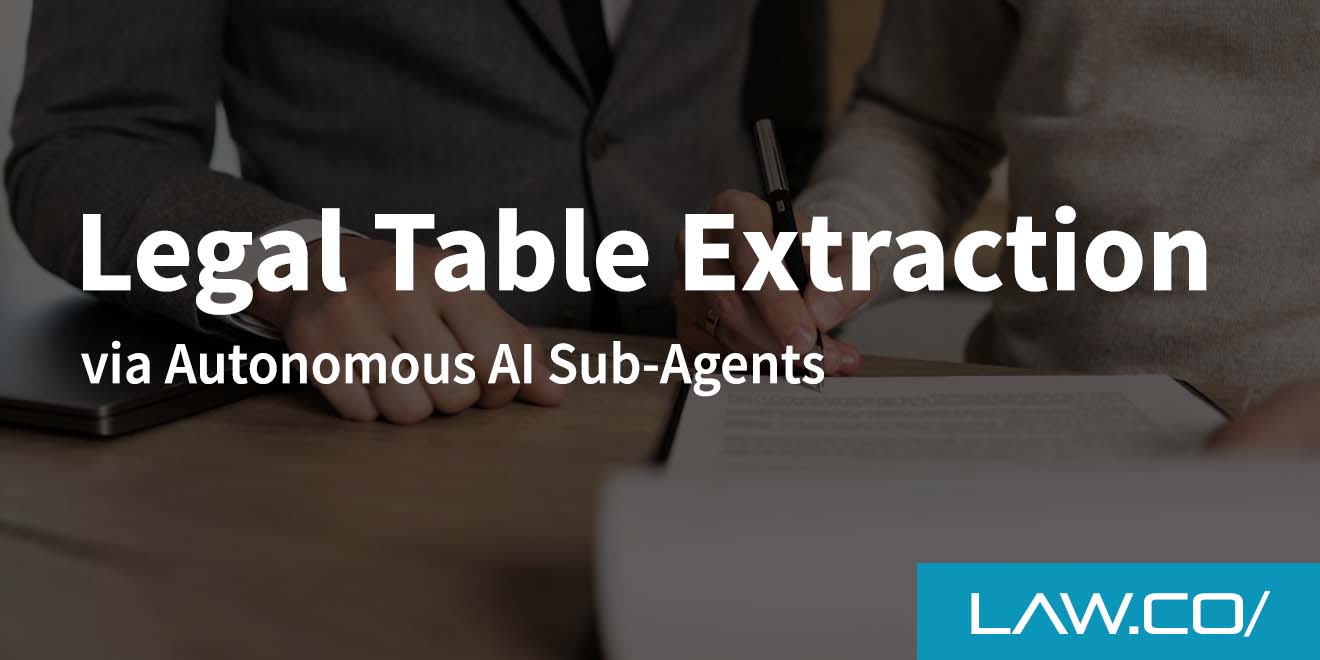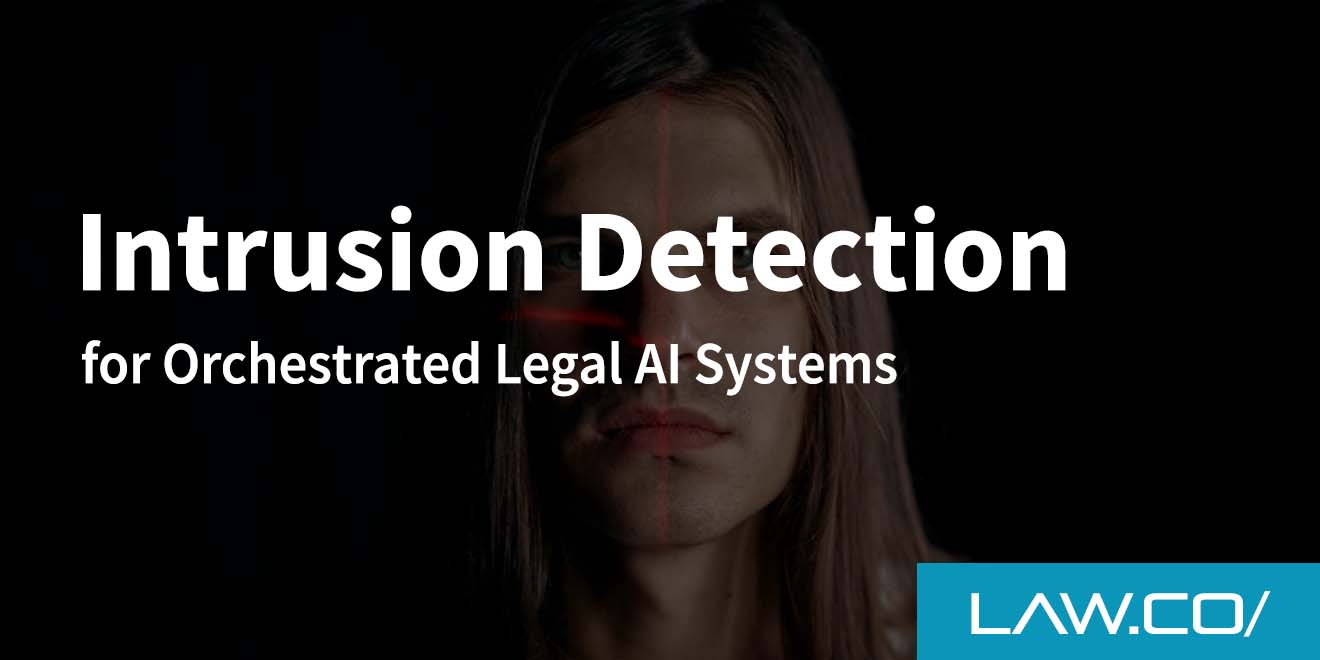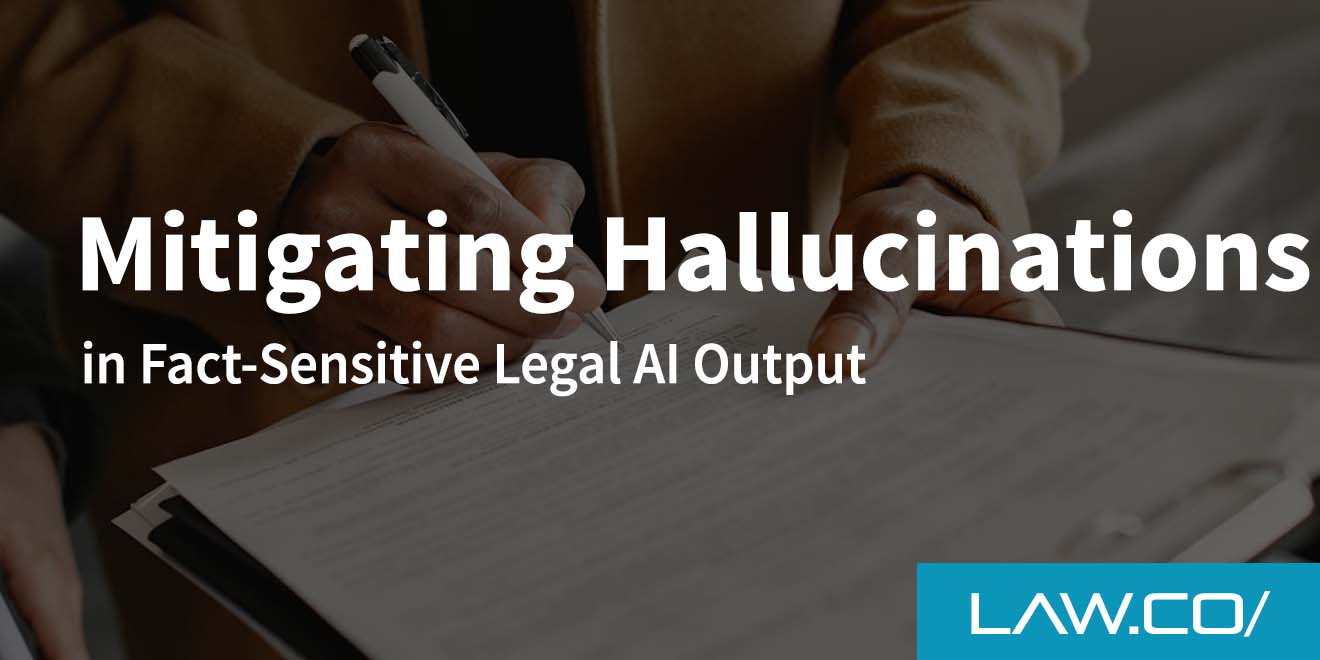

Canary Deployments of Legal Agent Workflows
Canary deployments sound like something you would use in a mine, and that image is useful. You introduce a small, carefully chosen change, then watch it closely before trusting it everywhere. Applied to legal agent workflows, this approach lets firms test automation without betting the docket.
It reduces risk, protects reputation, and produces sharper feedback, consistently. If your organization of lawyers and law firms wants trustworthy innovation with fewer 3 a.m. surprises, a canary offers a safe runway.
What Are Canary Deployments?
A canary deployment releases a new system or process to a small subset first. If performance meets expectations, the rollout expands. If it stumbles, you pause, fix, or roll back. The key is controlled exposure. In software, the subset might be a fraction of users. In legal operations, it could be a narrow task type, a single practice group, or a scoped matter tier.
The concept stays the same. Start small, observe, and act on objective signals. Canary does not mean casual. It is structured risk management with clear criteria, instrumentation, and preplanned responses.
What Is a Legal Agent Workflow?
Legal agents can be people, bots, or hybrid systems that complete a bounded task. Think of intake triage, conflict checks, document assembly, privilege screens, or matter budgeting. A legal agent workflow is the structured path the agent follows to turn inputs into outputs. It includes triggers, data sources, transformations, validations, and handoffs.
Workflows must be explicit enough that quality can be measured and improvements can be versioned. Agents accelerate both good and bad outcomes, which is why canary deployments matter. They create a buffer that catches problems early, while the blast radius stays small and the lesson arrives fast.
Why Canary Fits the Legal Context
Law rewards caution and punishes sloppiness. Reputation is earned slowly and lost quickly. Clients expect consistency, timeliness, and confidentiality every time. Traditional pilots often try to test too many things at once, then drown in anecdotes and conflicting opinions. A canary narrows the question to one clear outcome and ties it to data that can be audited later.
It also respects that legal risk is not uniform. Some matters carry higher sensitivity, tighter deadlines, or special confidentiality terms. Canaries let you avoid those zones while still learning. The approach mirrors how attorneys reason. You start with a hypothesis, collect facts, analyze, then conclude. A canary is the operational version of that habit, and it keeps changes reversible when new facts arrive.
Designing a Canary for Legal Agents
Picking what to test is half the game. Choose a workflow with clear boundaries and measurable outputs. Avoid tasks that hinge on judgment or unusual edge cases. Good candidates have repeatable steps, reliable data sources, and review points. Standardized nondisclosure agreements, routine scheduling notices, and first pass conflict checks often fit.
Define who is in the canary, such as one practice group or a tier of matters under a threshold. Keep it visible, small, and aligned to a leader who owns the outcome. Set a fixed test window so the team knows when to decide. Open ended experiments drift, and drift kills confidence.
Success Metrics You Can Trust
Your agent should be judged by numbers that correlate with client value. Track accuracy of outputs, cycle time, exception rate, rework rate, and reviewer confidence. For classification or extraction, monitor precision and recall so you see both false alarms and misses. Measure compliance with policy rules such as clause presence, red flag detection, or approval routing.
Add throughput and latency for situational awareness, but never confuse speed with quality. Write thresholds before launch, and record the decision rules for expand, pause, or roll back. Most important, pair metrics with examples that reviewers marked correct or incorrect. Those exemplars make debates short and training effective.
Instrumentation That Sees the Whole Picture
Legal workflows involve more than a single click. Instrument the intake, the data fetch, the transformation, the draft, the review, and the final approval. Tag each step with a correlation identifier so you can reconstruct a matter level timeline later. Capture structured feedback from reviewers, not just freeform comments, and store it with the version of the agent and policy in use.
When output quality changes, you will know whether the agent changed, the rulebook changed, or the data changed. Observability is not a luxury. It is the map you follow when something feels off and the deadline is close.
Guardrails, Rollbacks, and Safety Nets
Before the canary flies, build the safety net. Establish hard stops for sensitive entities, privileged communications, and regulated data. Require human review for first outputs and for any task above a defined risk threshold. Configure a kill switch that reverts the workflow with a single decision, not a weekend project. Document the rollback process like a disaster recovery plan so no one improvises under pressure.
Guardrails are also policy. Write concise rules that define acceptable uses, prohibited data flows, retention periods, and escalation paths. Make sure people know who can approve exceptions. Plain language saves headaches and keeps auditors calm.
Data Protection and Privilege
Agents touch sensitive material. Treat data boundaries as non negotiable. Segment environments by client, matter type, or geography as contracts require. Prefer ephemeral processing with minimal retention. Log what was processed and by which agent version, but do not store more than necessary.
Apply field level masking for health, financial, and personal data when downstream tasks do not need full fidelity. Encrypt in transit and at rest, and test those controls. Privilege demands extra care. Preserve chains of custody and maintain audit trails that show who saw what and when.
Change Management That People Accept
People do not resist change. They resist being changed without a say. Keep the canary small enough that skeptics feel safe and champions feel momentum. Explain the why in concrete terms like reduced turnaround for a specific task and fewer after hours scrambles. Show reviewers how their feedback gets used.
Nothing builds buy-in like seeing a suggestion appear in the next run. Training should be short, practical, and tied to one workflow. A simple playbook should explain how to flag an exception, correct outputs, and escalate. Respect the inbox by sending only the metrics that matter on a predictable schedule.
Vendor and IT Alignment
Even the best workflow will stall if procurement, security, and IT are misaligned. Bring them in early with a clear scope, data map, and timeline. Ask vendors for plain statements about retention, model training, data segregation, and subprocessor controls.
Look for audit reports that match your obligations, and verify how quickly they can support a rollback if needed. Connect identity and access management so user changes take effect everywhere at once. Canary is not a license to cut corners. It is a reminder that small tests deserve big discipline.
When to Retire the Canary
Every canary has a sunset. At some point the workflow becomes standard and the cohort becomes everyone. Plan that moment. Freeze the configuration, archive the artifacts, and promote the runbooks to production documentation. Keep a smaller monitoring slice for the next two releases so you can catch regression. Then pick a new workflow and repeat. Improvement is a ladder, not a magic trick.
Conclusion
Canary deployments are not theater. They are a compact between prudence and progress. Start with one well bounded workflow, wire it for observability, measure what matters, and give people a clean rollback path. Protect data as if tomorrow’s headline depends on it, because it might. Keep the cohort small, the rules clear, and the decision gates written down. When the canary sings, expand confidently.
When it coughs, pause, fix, and try again. The payoff is more than saved hours. It is steadier quality, calmer calendars, and a culture that moves forward without pretending certainty where none exists. If you want reliable legal automation, send in the canary first, listen carefully, and let the evidence lead the way.

%201.svg)










